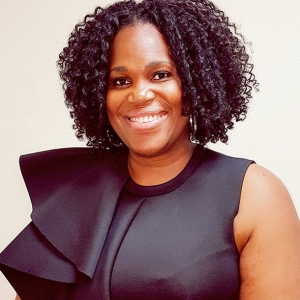Bunker Market Booms Amid Global Uncertainty
Bunker Market Booms Amid Global Uncertainty

In response to growing global uncertainties, demand for bunkers and bomb shelters has surged in the United States. The market for these protective structures is expected to grow from $137 million in 2023 to $175 million in 2030, according to BlueWeave Consulting, as security concerns rise.
The rising demand for bomb shelters in the United States
The United States is experiencing a dramatic increase in demand for bunkers and bomb shelters, driven by heightened concerns about global instability and a desire for personal safety. Events such as geopolitical tensions, climate-related disasters and pandemics have heightened fears and prompted individuals and families to seek safe havens. The market for these structures, once considered a niche market, is now experiencing unprecedented growth.
According to a report by BlueWeave Consulting, the market for bunkers and bomb shelters in the U.S. is expected to grow from $137 million in 2023 to $175 million by 2030. This significant increase underscores a shift in consumer priorities, with many Americans prioritizing preparedness and resilience. Companies specializing in these shelters are reporting record inquiries and sales, reflecting a broader societal trend towards self-sufficiency and risk mitigation.
The factors driving the increase
Several factors are contributing to the growing demand for bunkers and bomb shelters. Geopolitical conflicts and fears of nuclear or chemical attacks are key motivators. In addition, natural disasters such as hurricanes, wildfires and earthquakes have highlighted the need for reliable, disaster-resistant structures. The growing impact of climate change has exacerbated these concerns by increasing the frequency and severity of extreme weather events.
The COVID-19 pandemic also played a pivotal role in reshaping perceptions of safety and preparedness. The crisis demonstrated how quickly global emergencies can disrupt daily life and reinforced the importance of having a safe place to retreat. This mindset has expanded beyond pandemics to include potential future threats, from economic instability to cyberattacks that could disrupt critical infrastructure.
Who buys?
The bomb shelter market is diverse and attracts a wide range of buyers. Wealthy individuals often opt for luxurious underground shelters with modern amenities such as home theaters, gyms, and fully equipped kitchens. Meanwhile, middle-class families invest in more affordable, practical options that provide essential protection without excessive cost.
In addition to private homeowners, institutions such as schools, hospitals and local governments are exploring these structures to enhance community safety. Companies in high-risk industries are also investing in protective facilities to safeguard their operations and employees.
The economic and social impact
The growing interest in bomb shelters has led to a boom in the construction and security industries. Architects, engineers and contractors who specialize in these structures are in high demand, creating jobs and stimulating local economies. In addition, the trend has spurred innovation, with companies developing advanced materials and technologies to improve the durability and functionality of shelters.
But the rise of this market also raises questions about societal priorities. Critics argue that investing heavily in individual security measures can distract from efforts to address broader systemic issues, such as climate change mitigation or conflict resolution. For many Americans, however, the peace of mind that comes with a secure home outweighs these concerns.
The surge in demand for bunkers and bomb shelters reflects a growing sense of vulnerability in today’s world. As individuals and institutions seek to secure their future, the shelter market will continue to grow in the coming years. While this trend highlights the importance of preparedness, it also underscores the need for collective solutions to address the root causes of insecurity. Ultimately, the growing interest in these shelters reflects a society that is increasingly focused on resilience and adaptability in the face of uncertainty.

Michelle Kendrick
TBG Real Estate
8400 N. University Drive, Suite 312 Tamarac, FL 33321
Email: michelle@tbgreteam.com
Phone: (954) 444-9950
COMMITTED to you!!! Let’s talk Real Estate – Whether you are buying, selling, renting or investing, The Beckford Group Team of real estate professionals can assist. Real talk for all your real estate needs starts with our managing Broker and Vice-President, Michelle Kendrick. If you are a first time home buyer, we have the experience to take you from dreaming about owning your own home to closing on the house of your dreams. Take the first step and call now; any time of the day is the right time! Call 1-954-444-9950